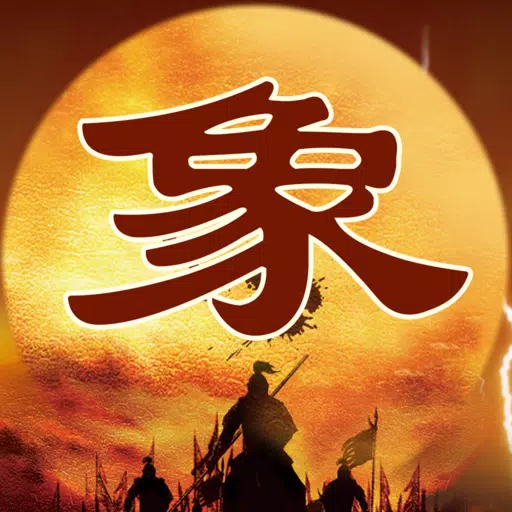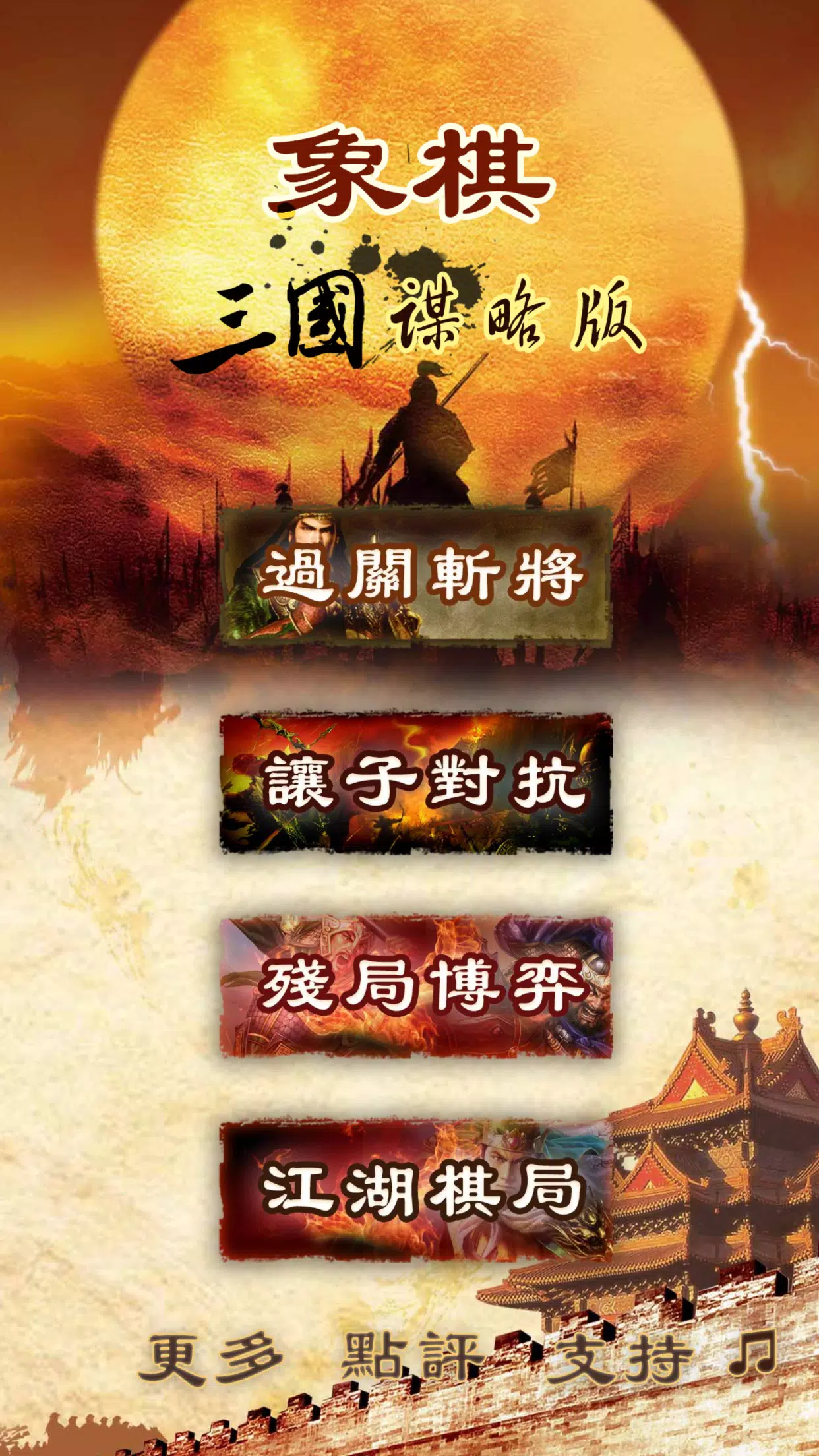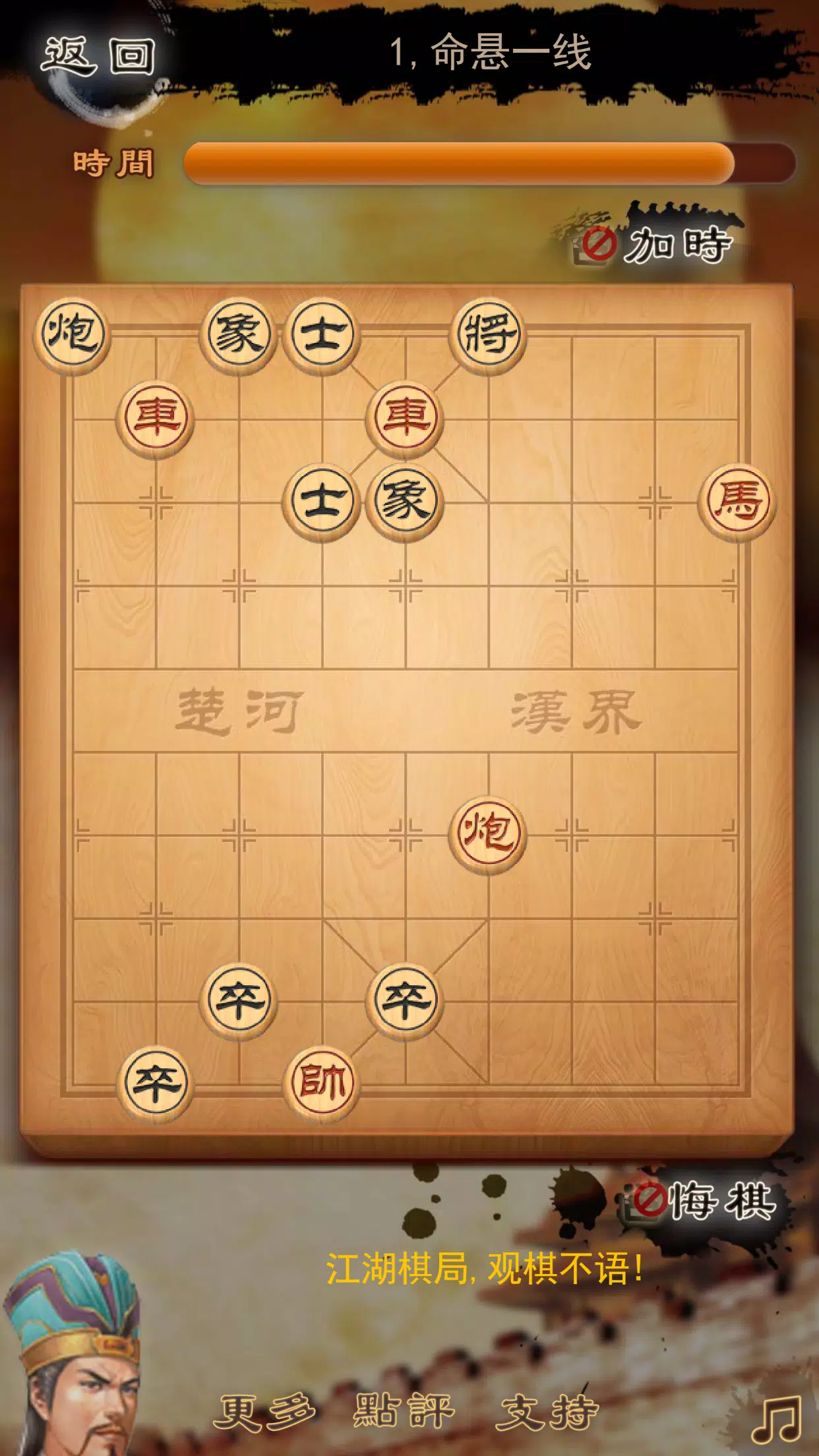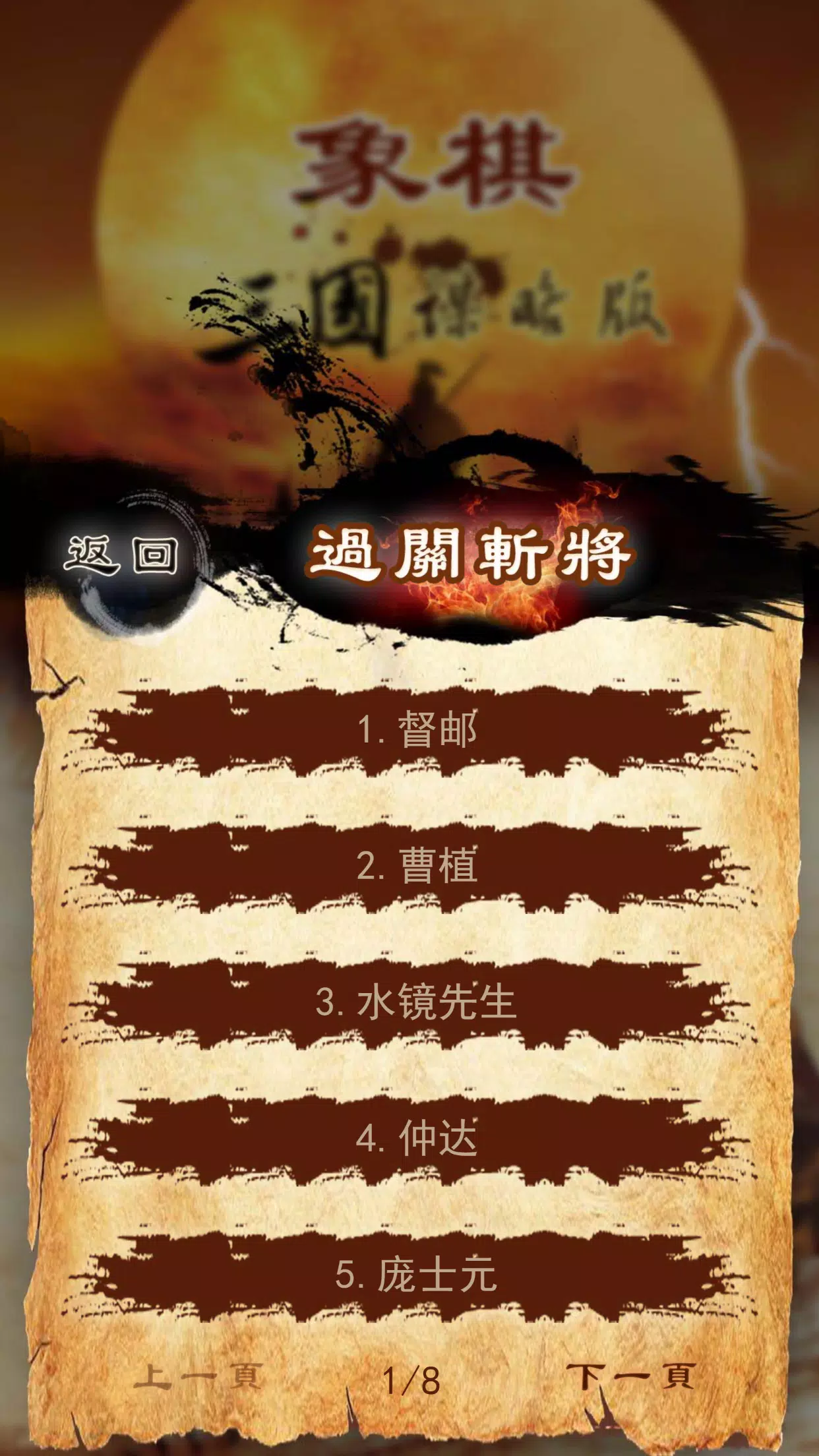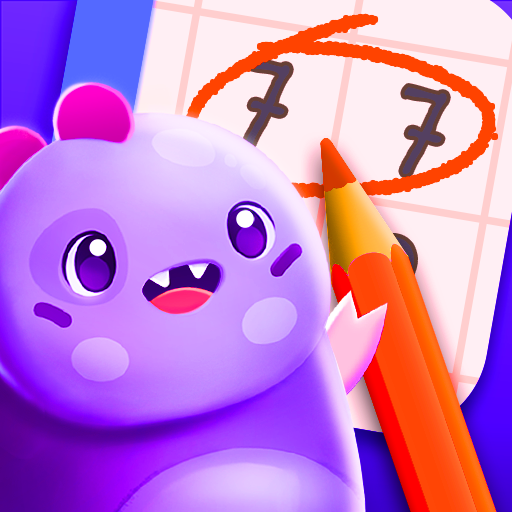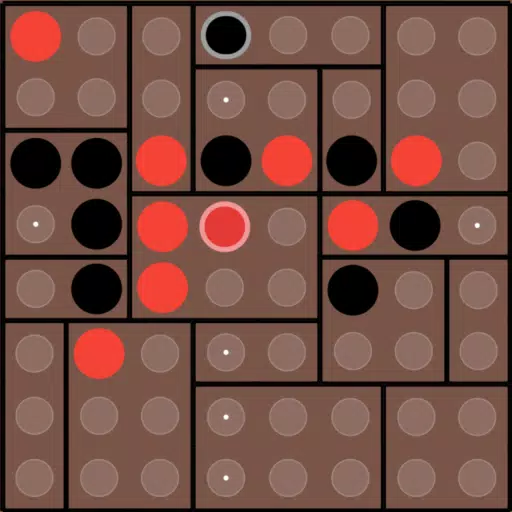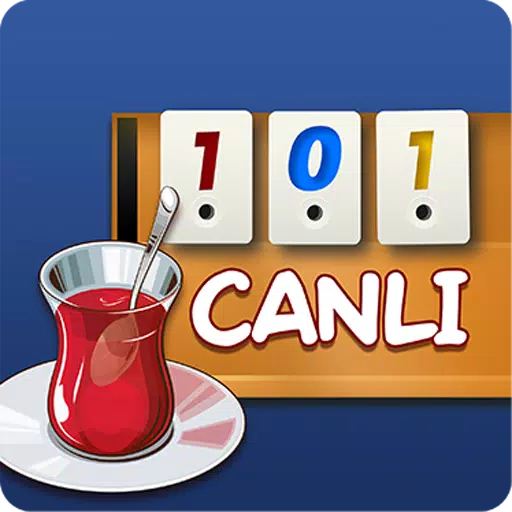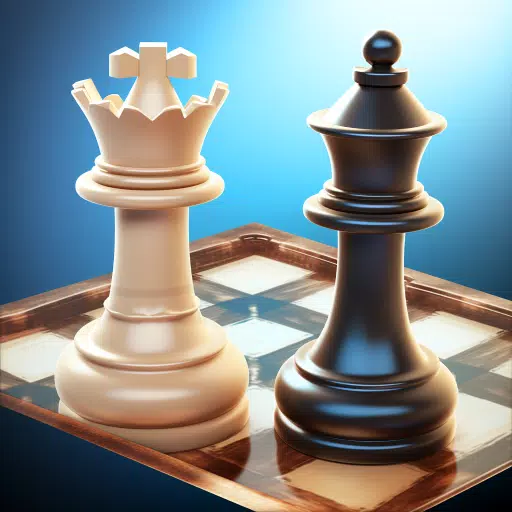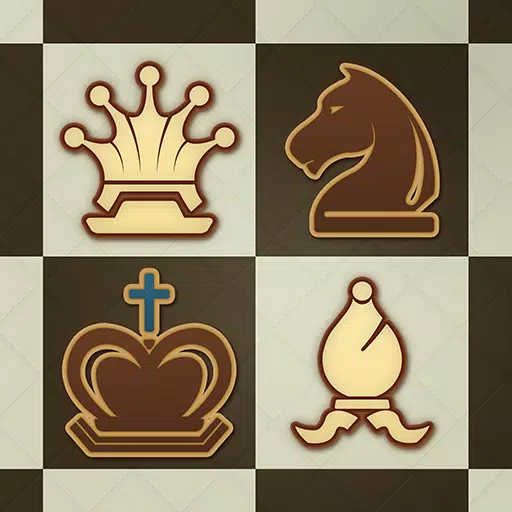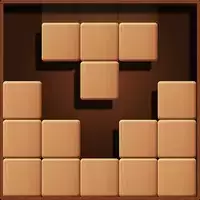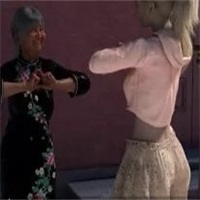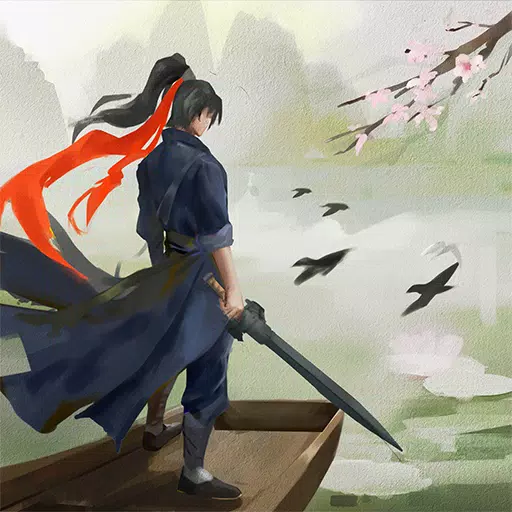Immerse yourself in the epic world of the Three Kingdoms with a unique chess game that blends historical themes with diverse gameplay modes. This game allows you to conquer all levels, challenge legendary heroes, and master the intricacies of chess endgames. Xiangqi, a traditional Chinese chess game, is a two-player strategy game with a rich history. Its simple yet engaging pieces have made it a beloved pastime across generations.
Chess Pieces
Xiangqi features 32 pieces, split into two teams: red and black, with 16 pieces each. These are categorized into seven types:
- Red Pieces: 1 General (Shuai), 2 Chariots (Ju), 2 Horses, 2 Cannons, 2 Advisors (Shi), 2 Elephants (Xiang), and 5 Soldiers.
- Black Pieces: 1 General (Jiang), 2 Chariots (Ju), 2 Horses, 2 Cannons, 2 Advisors (Shi), 2 Elephants (Xiang), and 5 Soldiers.
General (Shuai/Jiang)
The red side's leader is called "Shuai," while the black side's is "Jiang." Both can only move within the "palace" (nine houses), moving one square at a time horizontally or vertically. They cannot face each other directly on the same vertical line, as this results in an immediate loss for the player whose turn it is.
Advisor (Shi)
The "Shi" for both sides can only move diagonally within the palace, one square at a time.
Elephant (Xiang)
The "Xiang" for red and "Xiang" for black move diagonally two squares at a time, but cannot cross the river. If a piece blocks the center of their path, they cannot move, a situation known as "blocking the elephant's eye."
Chariot (Ju)
The chariot is the most powerful piece, moving any number of squares along ranks or files, as long as no piece blocks its path. It can control up to 17 points, earning the nickname "one chariot equals ten soldiers."
Cannon
The cannon moves like the chariot when not capturing, but to capture, it must jump over exactly one piece, friend or foe, known as "firing over the screen."
Horse
The horse moves in an "L" shape, one square in one direction and then one square diagonally. It can reach up to eight points around it, but if a piece blocks its initial move, it cannot proceed, a situation called "hobbling the horse's leg."
Soldier
Soldiers for the red side and pawns for the black side can only move forward before crossing the river. After crossing, they gain the ability to move left or right, but only one square at a time. This enhances their power significantly, leading to the saying "small pawns crossing the river can challenge a chariot."
Players take turns moving their pieces, embodying the strategic principles from Sun Tzu's "Art of War," aiming to checkmate or trap the opponent's general. The red side moves first, and the game continues until a win, loss, or draw is determined. Through the complex interplay of attack and defense, players can enhance their strategic thinking and problem-solving skills.

